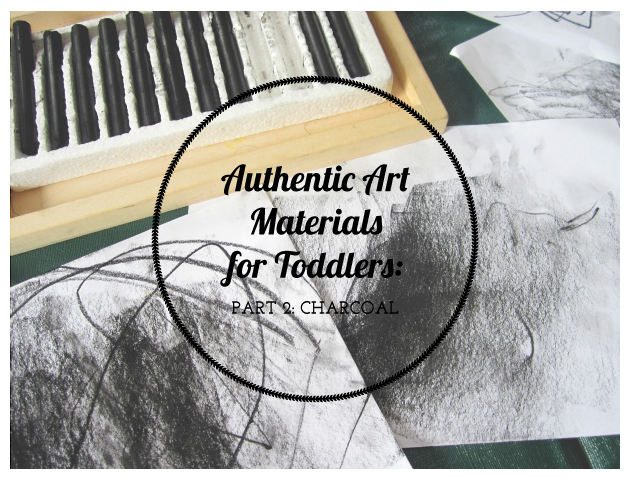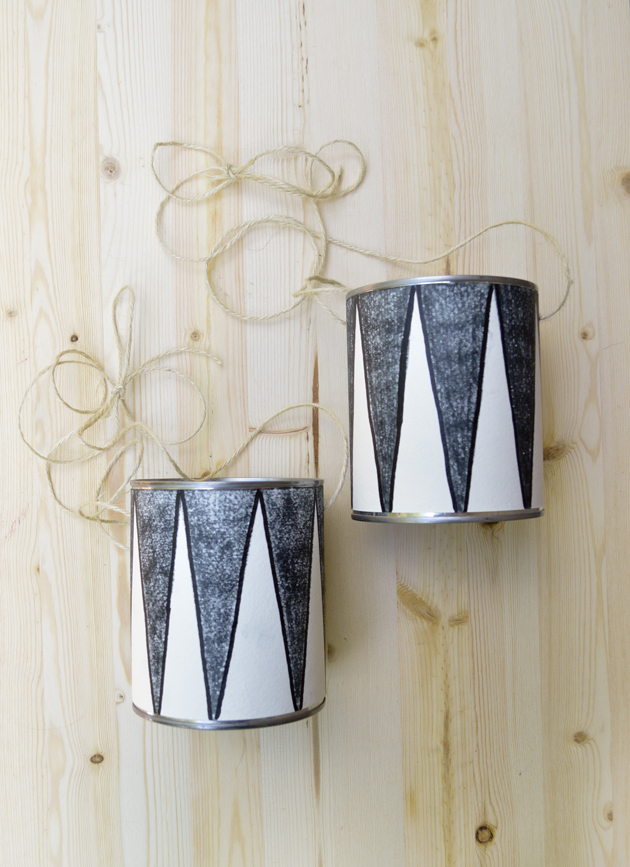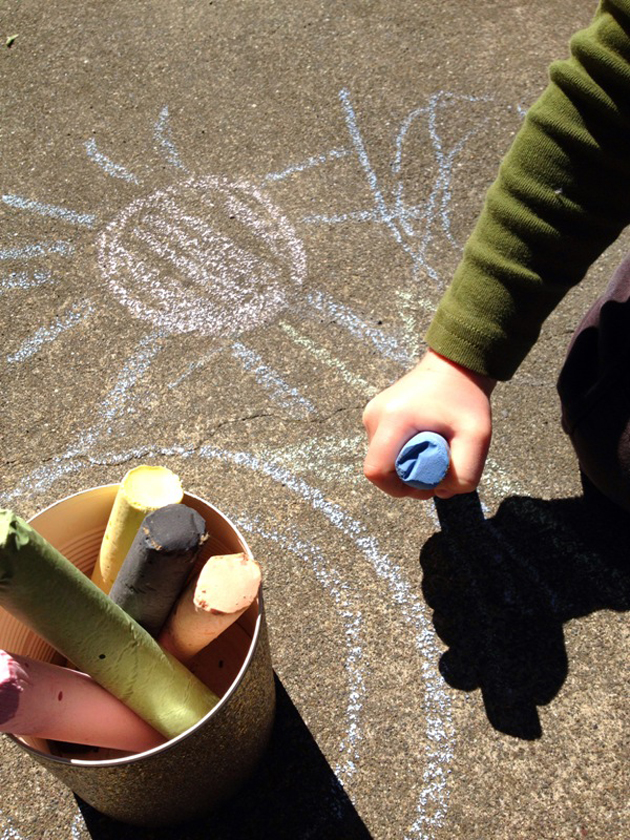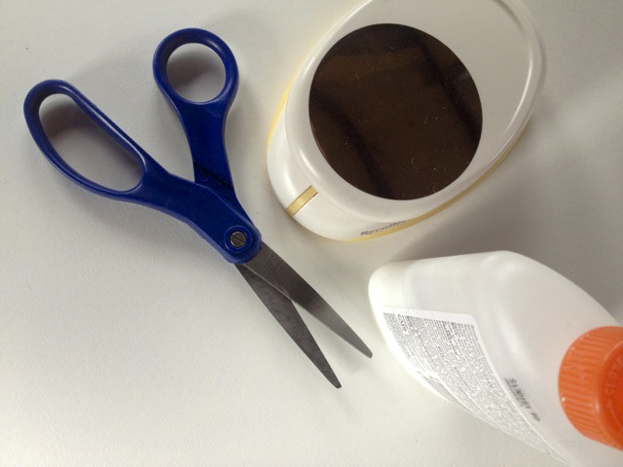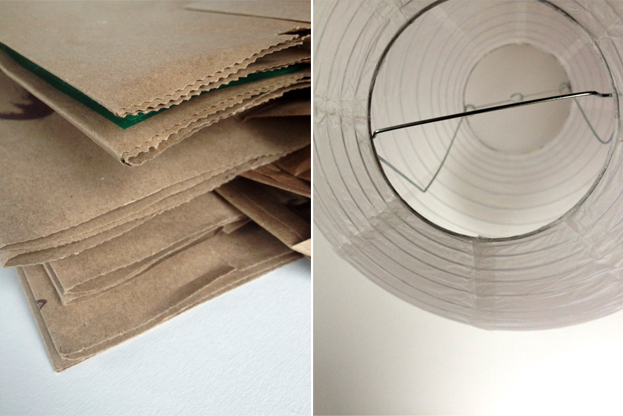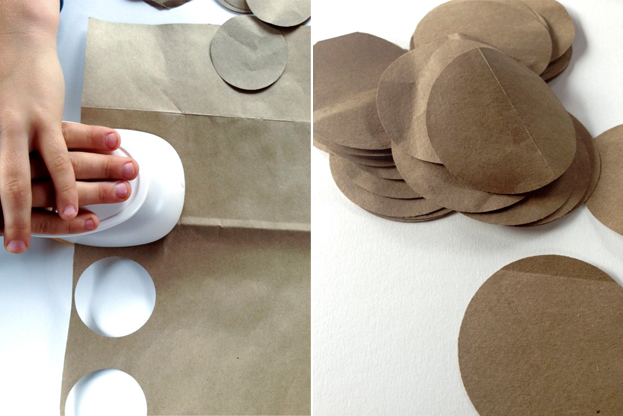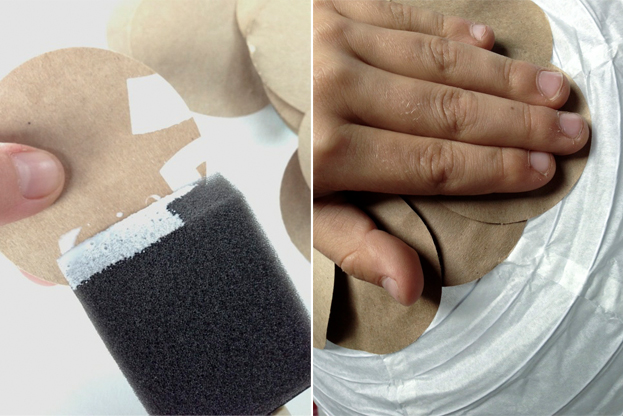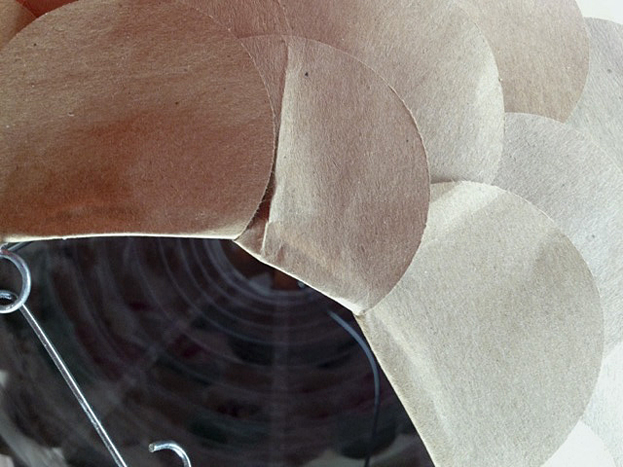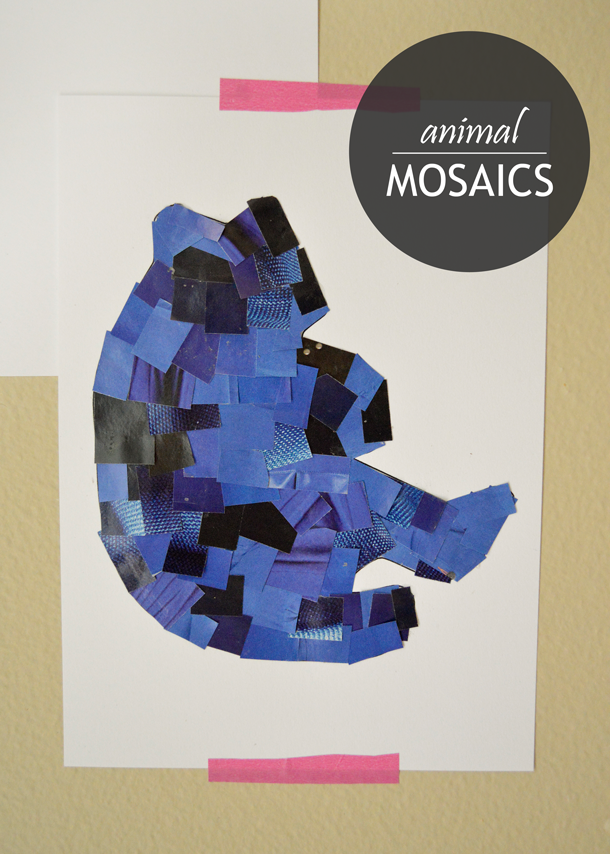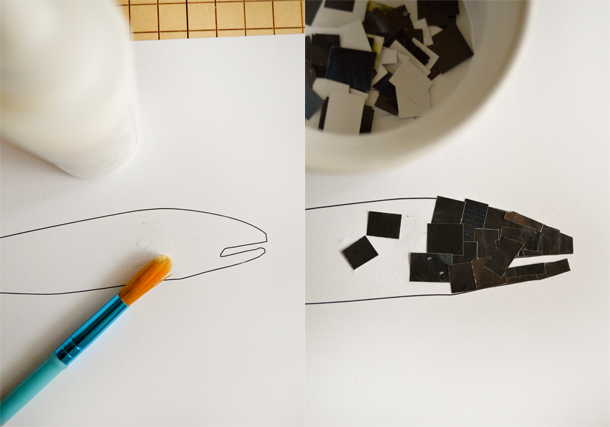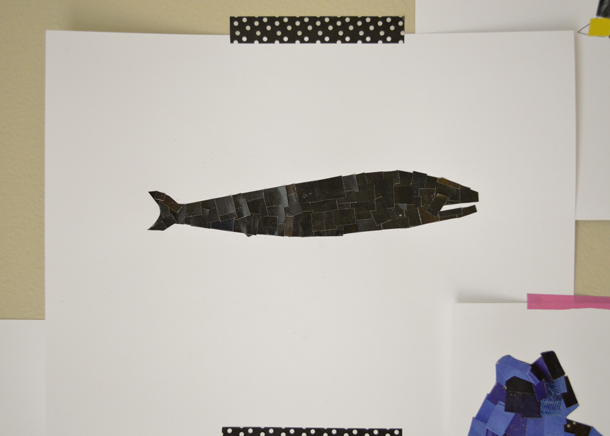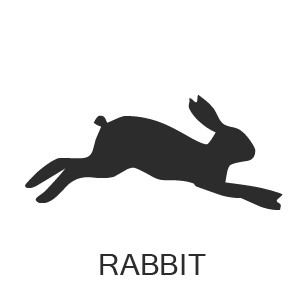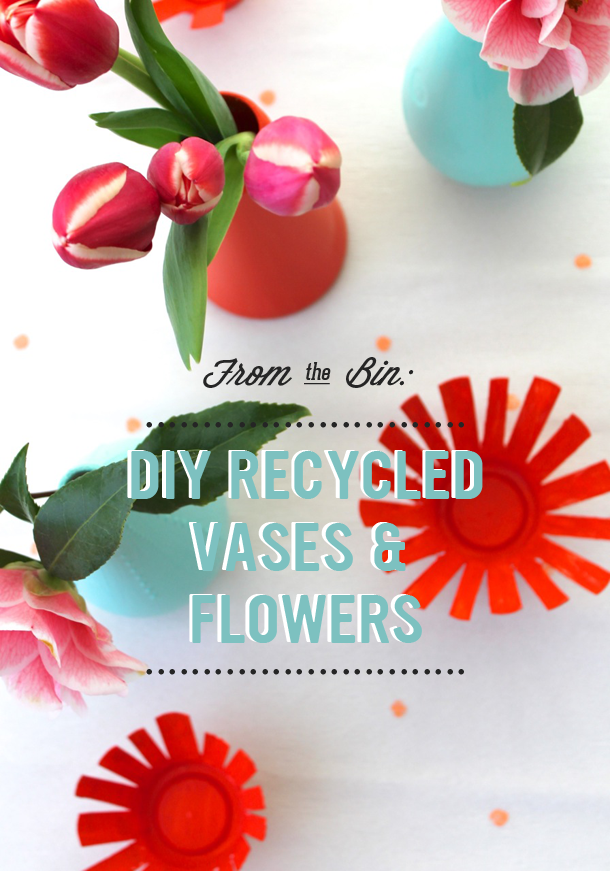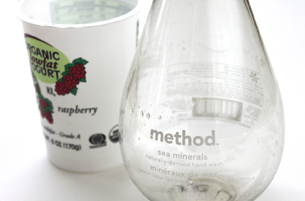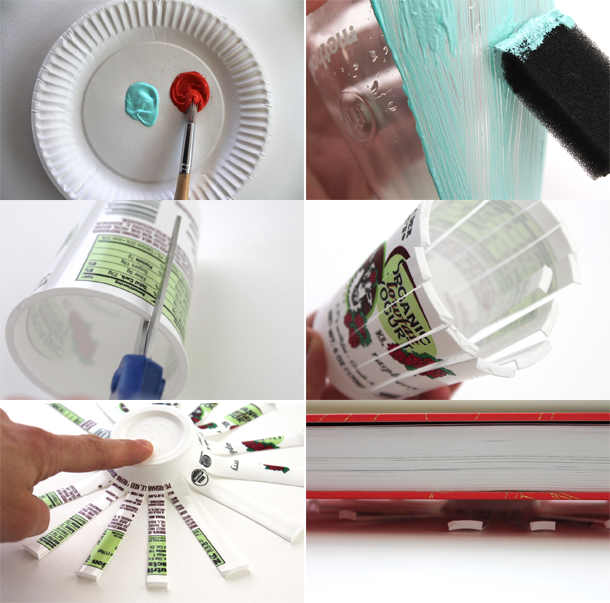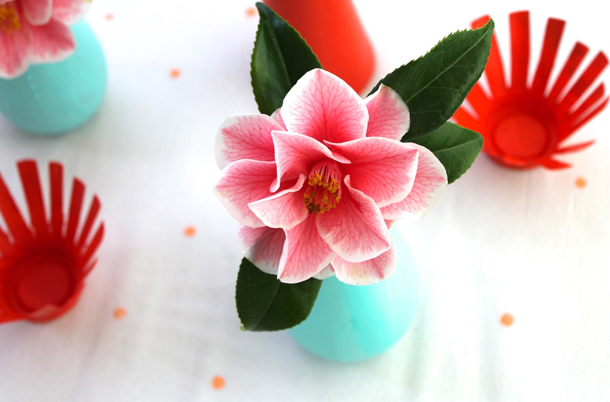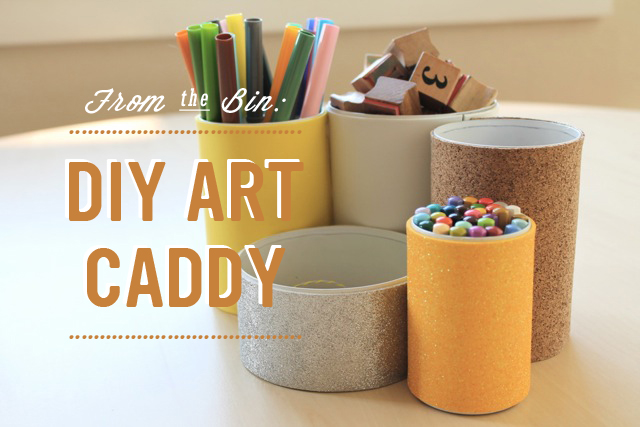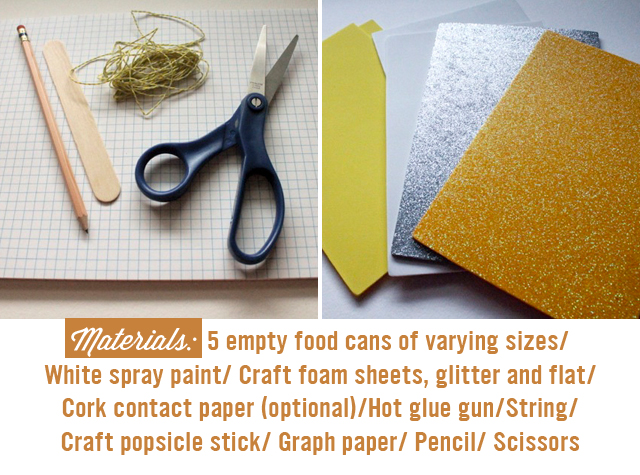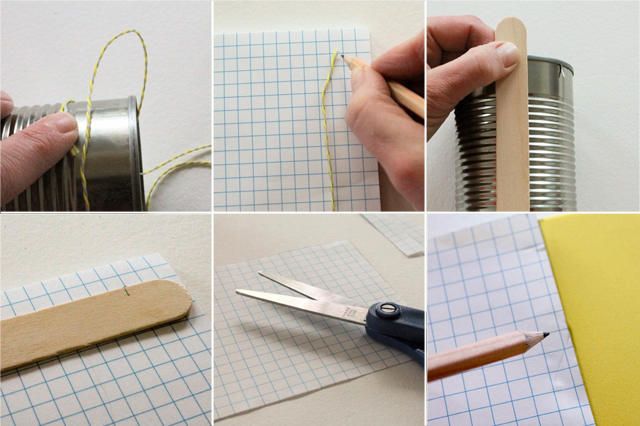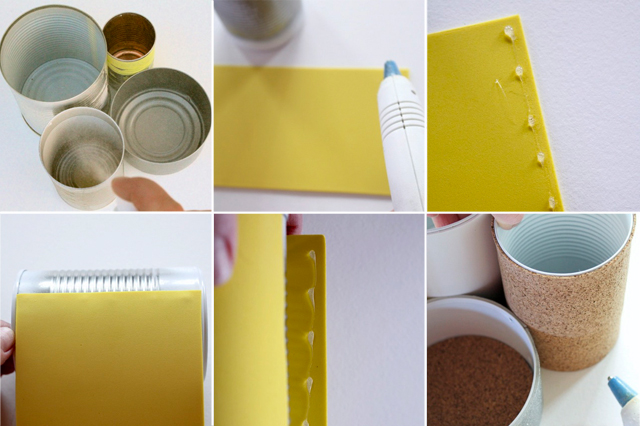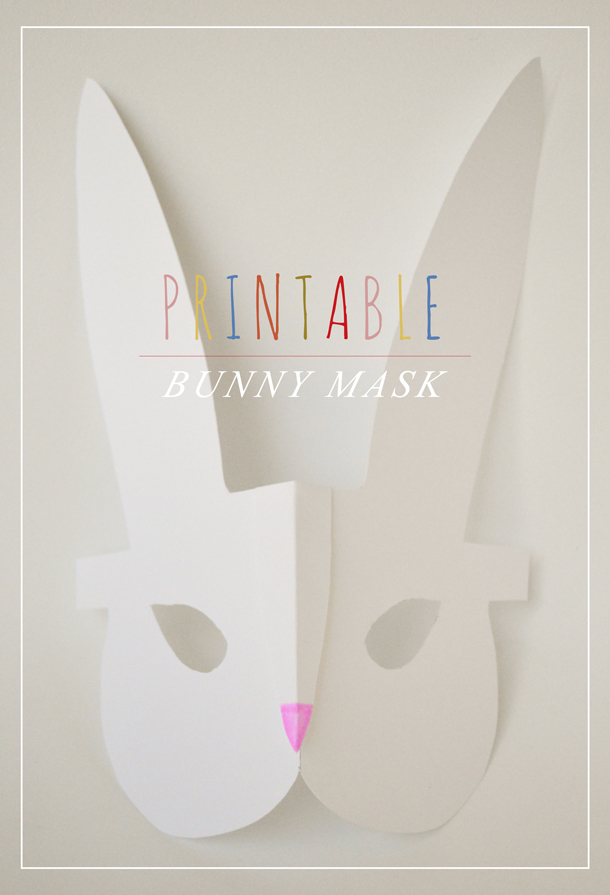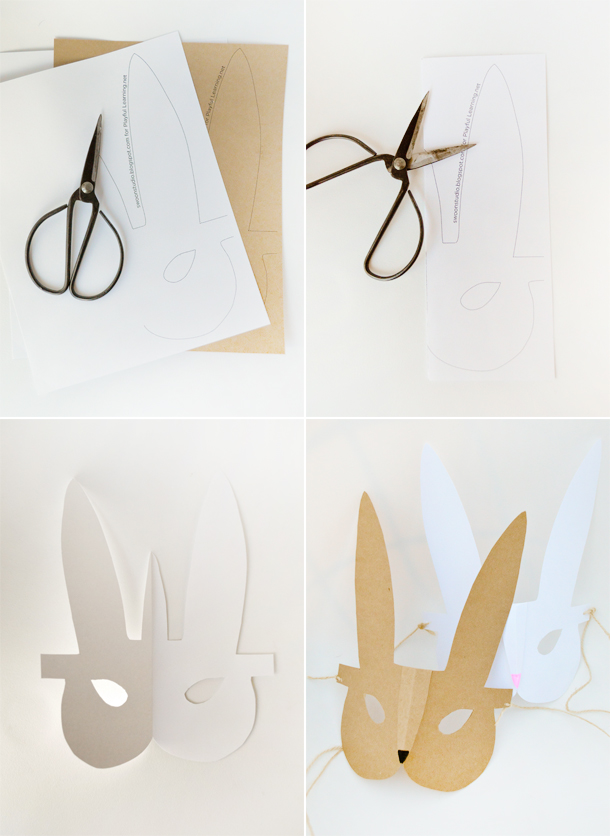Learning with Circles
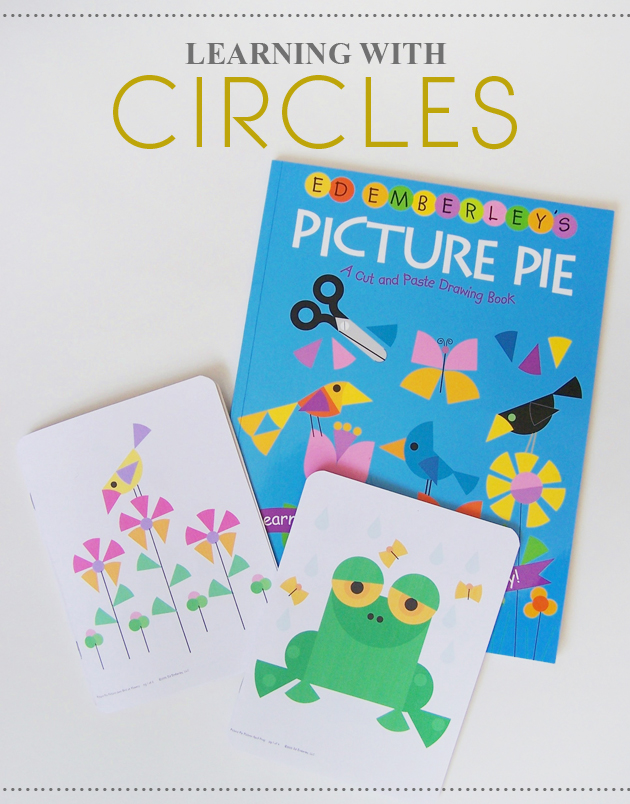
Joey from Made by Joey is with us today to share lots of inviting ways to engage our young mathematicians in meaningful and educational activities…
I just love it when art and learning go hand in hand! We have several of Ed Emberley’s drawing books, so when I saw the books “Picture Pie” and “Picture Pie 2“, I thought-what a great way of introducing all kinds of learning! Being a paper saver, I also love any opportunity to use up the small scraps of papers that we accumulate!
There are so many ways of using the activities in these books depending on your child’s age and abilities…

For early learners:
Adults can help children cut circles and shapes in a variety of sizes and colors. Matching colors and shapes is an excellent way of starting the first step of recognition. Finding other circles (and parts of circles) in your home or drawing pictures of items is another way to help your child recognize circles. Have your child watch you arrange the shapes and ask “What have I made with these shapes?”
*note: with young children always be cautious of choking hazards when collecting things for these activities.

For preschoolers/kinders:
With supervision, preschoolers/kinders can begin to trace/cut their own circles with child safe scissors, draw circles on paper and find items around the house or classroom. (have them collect items in a basket like a scavenger hunt!) Print the words: circle, half, quarter, third, whole, part, and divide on paper for the children to “read”. Use the paper circles and shapes to make patterns (for example: red circle, blue half, green quarter, red circle, blue half, green quarter) Believe it or not, understanding patterns is a very important step to learning math concepts in future grades.

For school aged children:
Children can begin to work more independently with the Picture Pie books by following the directions to make specific patterns. Working with and understanding how to divide the circles into halves, quarters, etc. and then combining those parts can aid in learning division and fractions. Hands on learning for these types of mathematical concepts are excellent as the children can see and manipulate the shapes themselves.

Supplies needed:
- Circle punch (in a variety of sizes) *Note: children can cut the circles by hand or you can print the “Picture Pie Parts” from Ed Emberley’s website.
- scissors
- glue stick (for some of the activities)

Printables to use:
On Ed Emberley’s website there are free printable booklets that are available to download here. Each month offers different seasonal projects that use the Picture Pie method.
To print any of the projects into a handy little booklet:
:: select the project
:: click on the “printer icon”
:: select the “multiple” button
:: select “print on both sides of paper” and “flip on short edge”
:: select the “booklet” button
:: click print
Trim the pages down if you wish and round the corners (always a nice touch for children’s materials), staple down the spine and you are ready to start making art, learning and recycling!

I have also designed a few free printables that can be used for learning with different age groups.
*Note: you may need to download the file from Google Docs in order to see all of the shapes on some of the documents.
Learning with Circles for Early Learners
Learning with Circles for Preschoolers
Learning with Circles for School aged children
